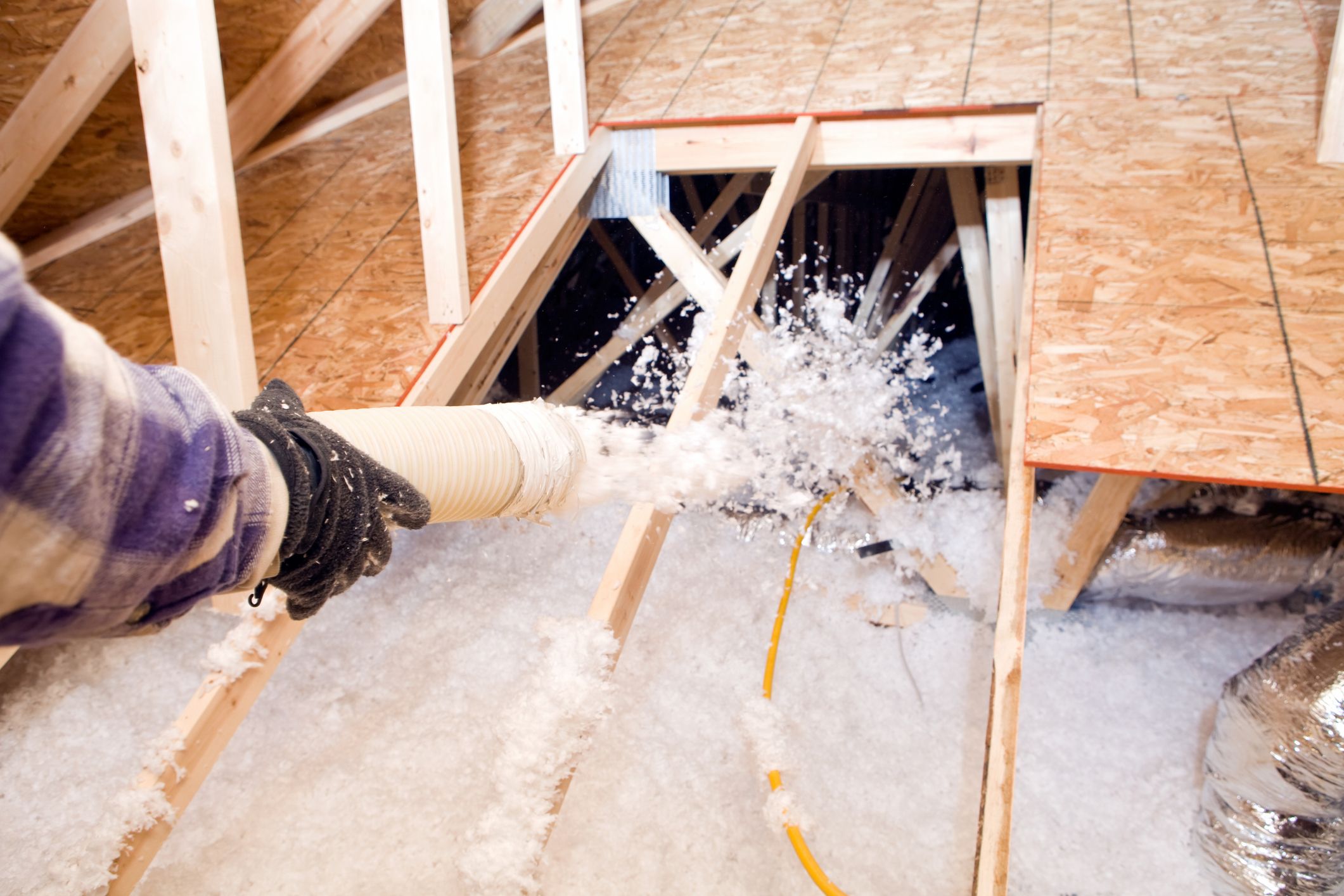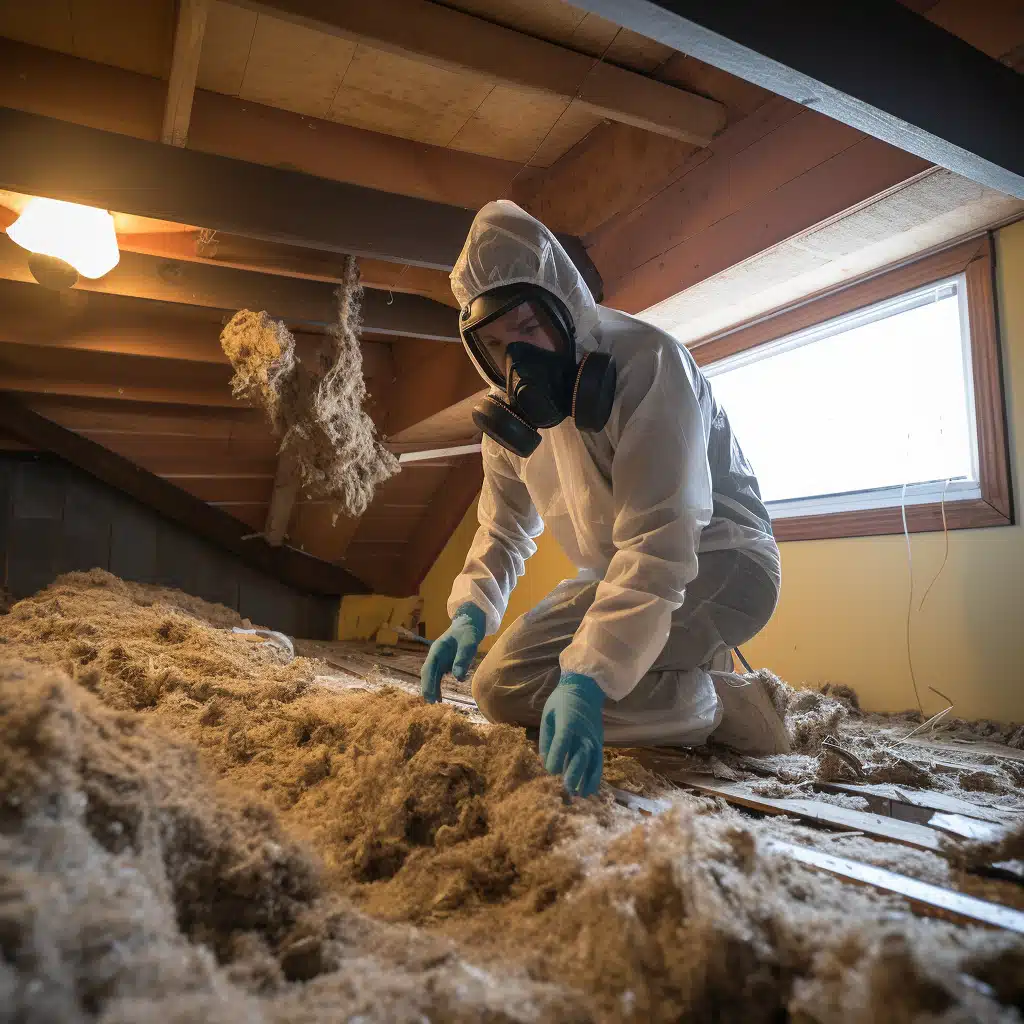Professional Tips for Enhancing Your Home with Attic Insulation DFW
Professional Tips for Enhancing Your Home with Attic Insulation DFW
Blog Article
Discover the Various Kinds Of Attic Insulation and Their Special Benefits for Your Home's Energy Effectiveness

Fiberglass Insulation
Fiberglass insulation is one of one of the most commonly utilized products for attic insulation as a result of its excellent thermal efficiency and cost-effectiveness. Composed of small glass fibers, this material successfully traps air, creating a protecting obstacle that helps maintain consistent indoor temperature levels. Its high R-value per inch makes it especially reliable at resisting warm transfer, which is important for power preservation in homes.
Installation of fiberglass insulation is relatively simple, usually available in batts or loose-fill types, fitting numerous attic room arrangements. Additionally, it is immune and non-combustible to wetness, lowering the risk of mold development. This longevity adds to its longevity, making fiberglass a practical long-lasting financial investment for home owners.
Furthermore, fiberglass insulation is commonly made from recycled materials, which improves its eco-friendliness. The material can likewise contribute to soundproofing, lessening sound transfer in between rooms. While it is crucial to wear protective equipment during setup to prevent inflammation from the fibers, the overall advantages of fiberglass insulation, consisting of power financial savings and environmental factors to consider, make it a prominent option for enhancing attic room efficiency and promoting a comfy living atmosphere.
Spray Foam Insulation
Spray foam insulation is a highly reliable option for attic insulation, recognized for its premium air securing and thermal performance. This innovative insulation product is made up of a mix of isocyanate and polyol resin, which, when incorporated, broadens rapidly to load spaces and tooth cavities in the attic room. Its capacity to stick to different surfaces ensures a continuous barrier versus air leaks, substantially lowering warmth loss throughout chillier months and warm gain during warmer seasons.
Among the key advantages of spray foam insulation is its high R-value per inch, which means it provides excellent thermal resistance in a relatively slim application. This is especially advantageous in attic rooms where space is often restricted. Additionally, spray foam can aid lessen wetness accumulation, lowering the risk of mold and mildew and mildew development, which can be detrimental to both the framework and indoor air top quality.
While the preliminary price of spray foam insulation might be greater than standard options, its long-lasting energy savings, paired with boosted convenience and boosted home worth, make it a worthwhile financial investment for house owners seeking boosted power performance. Attic Insulation DFW. Generally, spray foam insulation sticks out as a reliable service for maximizing attic room insulation
Cellulose Insulation

Cellulose insulation is a prominent option for attic room insulation, primarily composed of recycled paper items treated with fire resistants. This eco-friendly alternative is understood for its exceptional thermal efficiency, properly lowering heat transfer in both summer and winter season. The dense structure of cellulose permits it to load gaps and spaces in attic room spaces, giving a smooth obstacle versus air leaks.
Among the substantial benefits of cellulose insulation is its ability to resist mold and mildew and bugs, owing to the fire retardant treatments utilized throughout manufacturing. Additionally, it boasts a high R-value per inch, which converts into remarkable energy performance. Home owners can expect lower home heating and cooling expenses as a result of improved insulation.
Installment is usually achieved via More hints blowing loosened cellulose right into the desired location, enabling a quick and efficient process. This approach also lessens disruption to the existing structure. In addition, cellulose insulation has a relatively reduced ecological influence, as its production procedure utilizes recycled materials, contributing to lasting building methods.
Rock Wool Insulation
Among the numerous choices for attic insulation, rock wool, also called mineral wool, attracts attention as a result of its outstanding thermal and acoustic performance. Made from all-natural or recycled materials, rock woollen is developed by melting rock and rotating it into fibers, leading to an item that provides outstanding next insulation properties.
One of the considerable advantages of rock wool insulation is its high R-value, which shows its efficiency in standing up to warm circulation. This particular not only boosts power efficiency yet also adds to keeping a comfortable indoor temperature level year-round. Furthermore, rock woollen is inherently fireproof, making it a more secure choice for homes as it can hold up against high temperature levels without melting or launching poisonous fumes.
In addition, rock woollen insulation masters soundproofing capacities, properly minimizing sound transmission between rooms and from outside sources. This makes it an optimal option for homeowners looking for a tranquil living atmosphere. Rock wool is moisture-resistant, assisting to prevent mold and mildew development and keeping the architectural integrity of the attic room space. On the whole, rock wool insulation supplies an extensive remedy for enhancing energy efficiency, security, and comfort in household settings.
Glowing Obstacle Insulation
Radiant barrier insulation acts as a reliable service for decreasing heat transfer in attic rooms, particularly in site warmer climates. This kind of insulation works by showing convected heat away from living spaces, therefore decreasing the quantity of heat that gets in a home during heat - Attic Insulation DFW. Typically composed of an extremely reflective material, such as light weight aluminum foil, glowing barriers are installed in attic rooms, dealing with the roof covering, where they can intercept inbound warm from the sunlight
The primary advantage of radiant barrier insulation is its capacity to reduced cooling costs. By reflecting heat rather than absorbing it, radiant obstacles can aid keep an extra secure interior temperature level, decreasing the workload on a/c systems. This performance converts right into reduced energy expenses and raised comfort for house owners.
In enhancement to energy financial savings, radiant barriers can additionally add to improved interior air top quality. By decreasing warm buildup, they assist minimize humidity degrees, which can avoid mold and mildew growth and enhance general air blood circulation. When mounted properly, radiant barrier insulation can be a vital addition to any energy-efficient home, making it a worthy factor to consider for house owners looking to enhance their attic room insulation approach.
Verdict
In verdict, recognizing the different kinds of attic insulation-- fiberglass, spray foam, cellulose, rock wool, and glowing barriers-- makes it possible for home owners to make educated choices regarding power efficiency. By picking the proper insulation material, substantial reductions in energy prices can be achieved, along with improvements in indoor convenience.

In conclusion, understanding the numerous types of attic room insulation-- fiberglass, spray foam, cellulose, rock woollen, and radiant obstacles-- allows house owners to make informed choices concerning power effectiveness.
Report this page